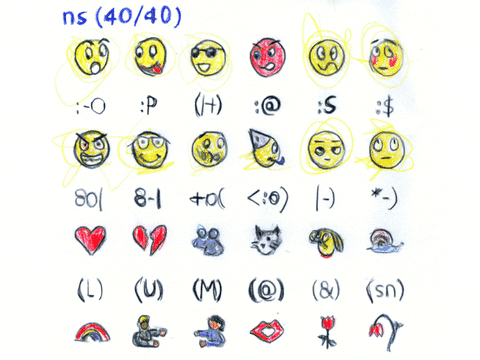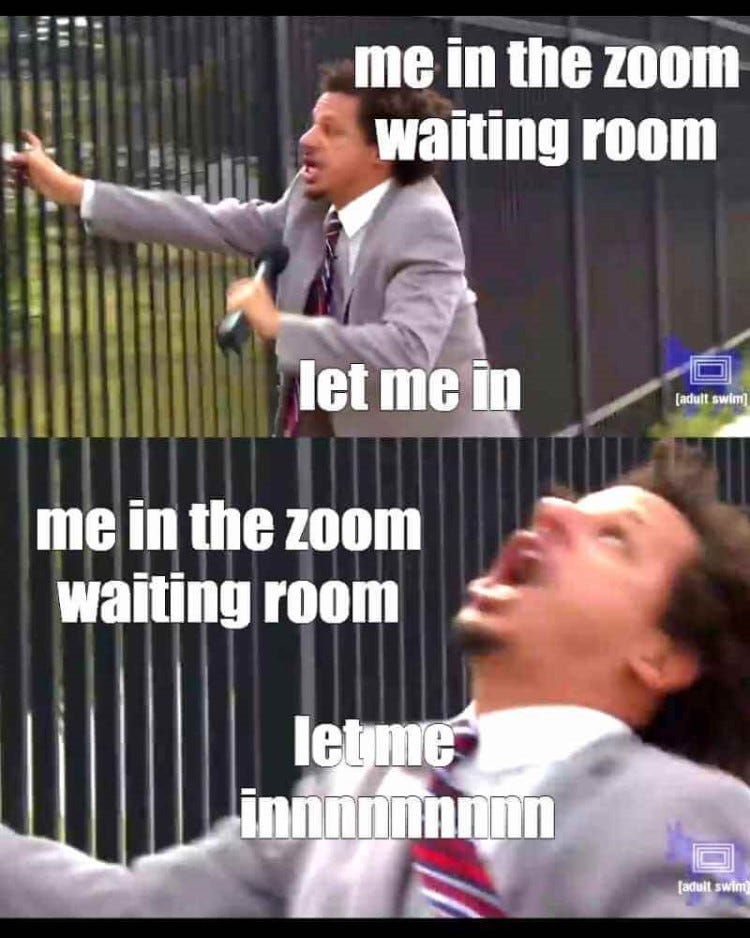11 small changes we guarantee will make you exceptional
Remote standards most people aren't doing
What's the secret sauce to standing out in a remote environment?
It’s 8:30am and you’re in the elevator going up to the 10th floor to meet your client for the first time and do the thing people tell you to do that establishes trust - make eye contact and shake their hand.
NOT.
The reality is, you work in a home office and you are still going to meet your client except this time it is via Zoom. You can’t really make eye contact and you definitely can’t shake their hand so what do you do? How do you establish trust? How do you show that you can lead from home?
The key is in understanding what some of the in person 'social norms' are accomplishing and creating a virtual counterpart.
Thinking about how we work
Diving into the fundamentals of workplace psychology, we come across two types of norms: explicit and implicit.
Explicit norms are those we readily perceive. They are communicated through onboarding processes and standard operating procedures, the clearly defined and visible guidelines that shape our work life.
Implicit norms refer to the subtleties of our work culture that aren't always stated explicitly but play a significant role in shaping our workplace environment.
Questions like "Is casual attire acceptable?" or "Is slang tolerated?" and "What are the typical working hours?" all pertain to these implicit norms.
As we transition to remote work, these norms inevitably evolve. So, how do we get a grasp on these shifting norms?
The first step is to catalog the existing norms of our conventional office culture and understand the underlying purpose they serve. With this understanding in hand, we can then discern their virtual counterparts in the remote work environment.
Office Etiquette and it’s Virtual Counterpart
Consider, for example, the customary handshake in traditional office culture. Its purpose extends beyond mere physical contact; it's a symbolic gesture that establishes a connection and forms the foundation for trust. How then do we replicate this in a remote setup? Could we use a handshake emoji or a GIF on Slack to convey the same sentiment? Or perhaps we could take it a step further with a personalized video message greeting?
Here's another example: a well-dressed candidate for an in-person interview demonstrates professionalism and commitment to the potential employer. In a remote context, professionalism might be displayed through a tidy background during a Zoom call, a high-quality video camera, or clear audio. It's about translating the essence of professionalism into the digital realm.
11 virtual norms for success
Here are 11 small changes you can make in a remote environment to communicate to your boss and team that you are trustworthy, engaged, and allow you to rise in the ranks quickly:
Arrive at a Zoom meeting 2 minutes early. This removes the anxiety the other person feels when they wonder if you’re going to show up or not building trust way before you even meet the person.
Turn on your camera. Face-to-face interactions are an ancient way of fostering connection, think of the old saying, “putting a face to a name.”
Communicate. Quickly or Thoroughly. Define how you communicate. Makers need focus time. Managers need quick answers. Agree on your communication standards.
Invest in a high-quality microphone and camera. Quality image and clear audio translate to professionalism in the digital world. Spend a few minutes having a colleague record how you sound like and look like from their perspective. Make sure you are proud of what you actually look like and sound like
To explore fully remote work opportunities within Clevertech
Show off your personality in your background. Have an interesting background that you took time to design. Some good ideas can be a guitar, some books, or even a star wars doll. It strikes conversation and makes the other person feel like they know you.
Incorporate gifs and emojis. Don’t be afraid to add how you feel. When you’re in person, people can read your expression. When talking through text or audio, you have to intentionally show them what you feel. Made a mistake? Add an emoji that is sweating showing you’re sorry and you need help. Being playful? Try using the upside-down emoji - it’s a good one, ha! Need a guide to help you with your emoji use? Check this article out.
Record it! Use a video/audio recording to share facial expressions and voice intonations for a higher bandwidth conversation. It will get the point across better. Use when emotion is important. Loom is a great tool to explain something visually.
Suggest a walking meeting. Walking generates creativity and nature is good for you. If you and the other person can take a walking meeting, switch it up and do so.
Create time for play. Intentionally create space to talk about anything other than work. 15-20 minute coffee breaks are good. Play games together with your team members (Here’s one of our favorite online games), or end-of-the-week happy hours! It’s expensive time, but it creates stronger bonds.
Use team channels instead of direct messages. I get it, posting in a channel feels vulnerable. However, it gives everyone a chance to answer the question (if they know it) or learn something new. Embrace a culture of sharing knowledge.
Practice writing clear and concise messages. Writing dominates in the remote world. Learn to clearly convey your message to create speed. This might be the most important change.
Remote work takes intentional design and execution, but we believe it is worth the effort. The times are changing and the challenge of adapting to a more global workplace is exciting, especially with the right tool.







